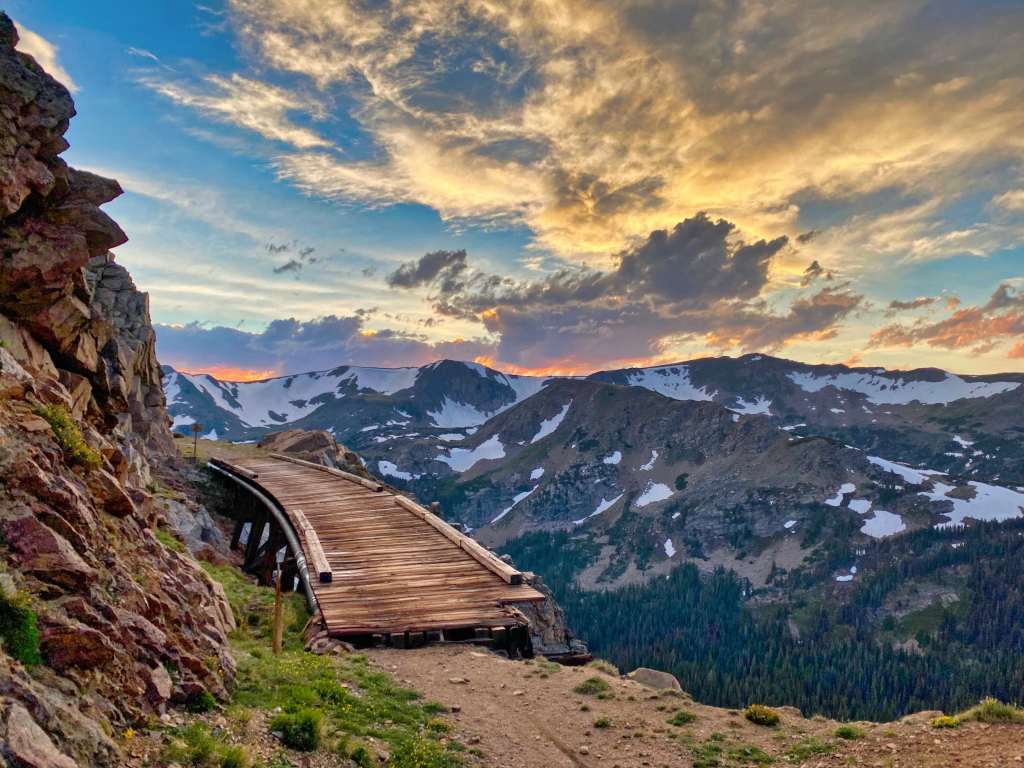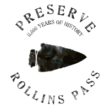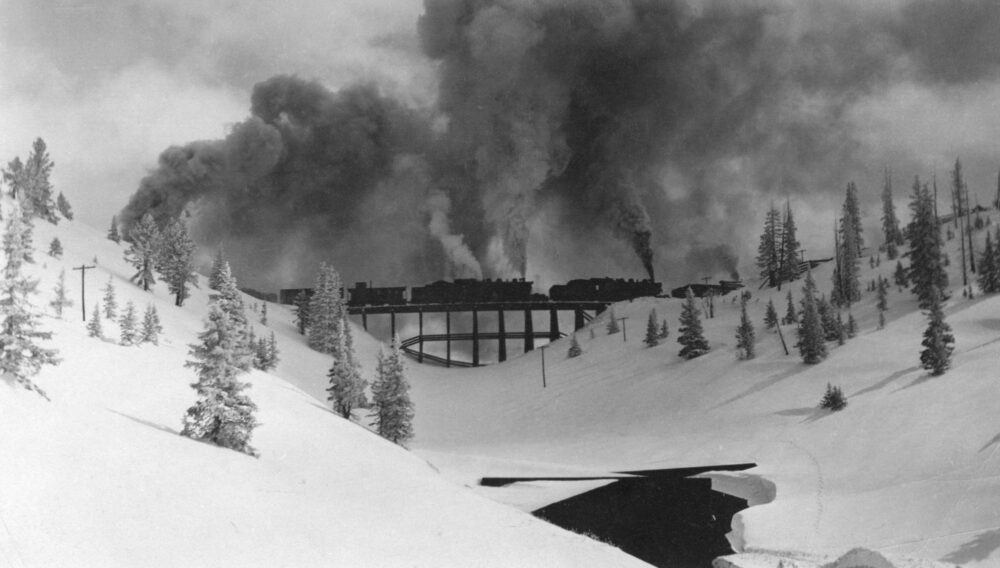Outdoor Essentials
While Rollins Pass showcases timeless beauty, its charm is accompanied by formidable challenges: treacherous winds, sudden weather shifts, rugged terrain, no amenities, and cellular dead zones demand careful preparation for any adventurer daring to explore its wonders.
For well over the last decade, in the summers and early autumn, we are on the pass 3-5 times per week and log roughly 20-30 miles of hiking weekly. In winter and early spring, we’re on the pass on average 2 times per week. We’re often asked what visitors to the pass should wear and what gear to have in their packs. Determining the best approach is complex due to the multitude of factors involved. Considerations such as group size, presence of elderly or young members, the duration of the excursion (whether a short half-day hike or a multi-day adventure), personal preferences like appetite, tolerance for getting wet, willingness to carry gear, and comfort with cold temperatures all contribute to the decision-making process. Brush up on outdoor essentials related to Rollins Pass on this page.
To add some historical context, a tourist visiting Corona in the summertime wrote for the August 3, 1911, Greeley Tribune, “As all those who have taken this trip know, it is one of the most scenic mountain trips in Colorado, where mountain scenery is a chief product. . . . Snow banks and wild flowers, as the literature tells you, is right.” Concluding, “The next time [the author] goes to Corona he will borrow an overcoat to take along, for there ain’t no summer up there.”
At Preserve Rollins Pass, we have an eye for the unexpected and we tend to err on the side of caution, ensuring we’re equipped for whatever comes our way—as such we overpack and over prepare. After all, Rollins Pass has no amenities. There are no emergency call boxes, shops, food, vending, restrooms, water fountains, fuel, electric vehicle charging stations, shelter (with the exception of the Årestua Hut on Guinn Mountain), benches, picnic tables, trash receptacles, established campgrounds, pet waste bags/stations, nor AEDs. While the west side of the pass has decent cellular coverage for most carriers; areas near the summit and on the east side of the pass have no or very limited cellular coverage.

While Rollins Pass has challenging terrain and a dearth of amenities, it does have boundless beauty.
YEAR-ROUND CONSIDERATIONS
- If you are not feeling 100%, consider a different activity and save Rollins Pass for another day. Many visitors, particularly from out of state, are not acclimated to the high elevations found on Rollins Pass. The lower atmospheric pressure (40 percent lower on the summit when compared to sea level) can cause altitude sickness, rapid dehydration, and if ignored can progress to high-altitude pulmonary or cerebral edema. In short: if you are already under the weather, fighting a headache, or having difficulty adjusting to the altitudes in Winter Park or Rollinsville, these symptoms will likely become exacerbated atop the pass.
- Don’t forget the sunscreen, no matter the time of year. While higher altitudes often offer cooler temperatures, they also expose you to stronger UV rays due to less atmospheric protection. At its most severe, a sunburn can lead to lasting health consequences, while at the very least, it can put a damper on several days of your vacation.
- Always be hydrating. Even if you’re not thirsty, continue drinking small amounts of water to avoid dehydration. Avoid tea, coffee, and sodas as those contain caffeine—a diuretic. Preliminary symptoms of dehydration are mild headache, fatigue, and dizziness.
- Unexpected summer storms with violent lightning or sudden blizzards can also surprise visitors, who lose all sense of scale above timberline. Check the weather near the pass.
- Review our Frequently Asked Questions.
- Know the terrain or ask questions before venturing out: a substantial stretch of the Rollins Pass road does not have easily accessible water sources. At times, we’ve provided up to 10 gallons of fluids to groups of bicyclists who have run out of water at the summit and who were miles away from their next water source.
- Whether you are hiking, snowmobiling, or driving the family Jeep, be sure to always follow Leave No Trace principles year-round and leave any artifacts in place.
- Review our Driving Etiquette guide.
- Be prepared for rapidly changing weather conditions, no amenities, and no/limited cellular coverage.
- Know before you go: check out our Rollins Pass Road Status page—it’s updated every week of the year and often daily.
- Be sure to strictly adhere to any fire restrictions—review our page on Fire Information & Restrictions for direct links to authoritative sources.
- In short: be prepared. We have treated families to hot pizza while they waited for a tow truck in an area of Rollins Pass that doesn’t have cell signal, shuttled stranded motorists back to town, or opened our lunch kits to those who needed additional calories or protein to get over the pass and through their day. We’re dedicated to stepping up whenever there’s a need and if you’re well-prepared, that can help make all the difference.
OUTDOOR ESSENTIALS: SUMMER AND EARLY FALL
Summer and early autumn are the perfect seasons to hike or bicycle areas on and near Rollins Pass. Weather on Rollins Pass changes constantly—from idyllic to windy with rain/snow—sometimes in a matter of minutes. Lightning and rain are always possibilities. Comfortable, layered hiking clothes with wicking capabilities are recommended. Sturdy but comfortable shoes are needed, and a hat will come in handy, too.
WHAT WE WEAR AND BRING: OUTDOOR ESSENTIALS FOR SUMMER AND EARLY FALL
When we hike on Rollins Pass, we have the following with us: a first aid kit, cold weather clothing (hats, gloves, jacket)—the temperature can drop precipitously even in July/August, strobes that can be seen for 3+ nautical miles, 360° lightning detector, GPS or offline maps, a fully-charged mobile phone, SARSAT rescue beacon, two RECCO reflectors (per person), emergency blankets, spare batteries, LifeStraw purifier, as much water and/or Gatorade as we can carry, and food/snacks. Expert advice on what to wear for hiking is provided below by REI.
OTHER CONSIDERATIONS
Don’t forget sunscreen, snacks/lunch, water/drinks, medications, mosquito repellent, hiking poles, and your camera.
A NOTE ON DOGS
- Due to the presence of bear, moose, fox, coyote, mountain lion, and porcupine, it is recommended to keep your dog(s) on a leash.
- Dogs must be on hand-held leashes at all times while in the Indian Peaks and James Peak Wilderness areas; failure to leash your dog may result in fines.
A NOTE ON FLIP FLOPS
Rollins Pass is no place for flip flops. Even if you plan to do no hiking, anticipate the need to change a flat tire in cold, windy, and rainy conditions—dress appropriately.
ABOVE AND BEYOND
When we hike for the day, we leave the following back at our vehicle: at least 10 gallons of fresh drinking water, three LifeStraw purifiers, a second SARSAT rescue beacon, spare strobes that can be seen for 3+ nautical miles, emergency blankets, duffel bags full of warm clothing, a more expansive first aid kit, towing equipment, snow shovels, charging equipment and spare batteries, as well as an AED. These items are for situations when others may need something more than we do—quite often, there have been days when our spare water supply has been fully depleted.
EXPERT ADVICE
REI provides an outstanding page on Day Hiking Essentials. These checklists are built for hikes that are two hours or less and hikes that are more than two hours long. They’ve also produced an excellent video that we’ve linked to, below:
OUTDOOR ESSENTIALS: WINTER AND EARLY SPRING
In the winter and early spring, Rollins Pass is transformed into a winter wonderland drawing snowmobilers, snow-bikers, snowshoers, and backcountry skiers/snowboarders. Please stay safe and be backcountry smart; avalanches and avalanche deaths occur on Rollins Pass. Be prepared and carry an avalanche transceiver, shovel, and probe—as well as an avalanche airbag—and know how to use each in an emergency. Snowmobiling tips on what to pack can be found here.
WHAT WE WEAR AND BRING: OUTDOOR ESSENTIALS FOR WINTER AND EARLY SPRING
When we snowmobile or snowshoe on Rollins Pass, we have the following with us: an avalanche transceiver, probe, and shovel, as well as an avalanche backpack. Plus the basics: a first aid kit, cold weather clothing (hats, gloves, jacket)—the temperature can drop precipitously even on sunny, warm spring days; strobes that can be seen for 3+ nautical miles, GPS or offline maps, a fully-charged mobile phone, SARSAT rescue beacon, two RECCO reflectors (per person), emergency blankets, spare batteries, two-way radios, as much water and/or Gatorade as we can carry, and food/snacks. We also carry three packs of hand and toe warmers. One pack for each of us, and an extra package in the event a warmer has a defect or already been exposed to the air and has hardened.
OTHER CONSIDERATIONS
Don’t forget sunscreen, snacks/lunch, water/drinks, medications, and your camera.
The primary purpose of our work is to inform the public.

